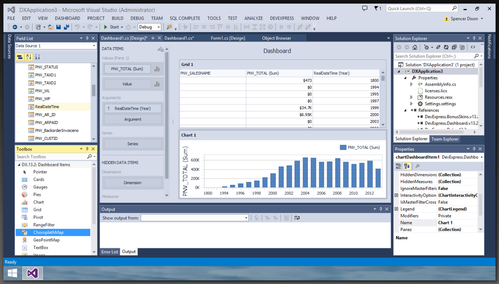ClarionLive show notes for January 24 2014
After a brief discussion of table etiquette, the webinar got under way with announcements.
There is a six hour recording of Thursday's CAT on version control (~550 MB). The first hour and a half or so is a good tutorial on how to set up your version control environment. By the 3.5 hour mark the entire process had been covered (GitHub integration included).
Clarion Getting Real
Lower your cost of change. Strive for smaller teams and fewer rules. Let "Emergence" happen - don't lock down your requirements before the system is fully understood. This led to a spirited discussion of requirements documentation and agile development.
Reg-Free COM
At about the 36 minute mark JP talked about reg-free COM, specifically the example of the CodeJock OCXs used in the Noyantis product line. JP gave a good overview of the process and showed how to use the CodeJock CreateManifest utility to generate the OCX manifests.
Special Presentation by Spencer Dixon - DevExpress Dashboard (~1:00)
DevExpress produces a lot of different UI components, including DevExpress Dashboard for .NET. John's hope in having Spencer do this presentation is that someone in the Clarion community can find a way of making these controls easily available to Clarion applications.
Spencer showed how easy it is to whip up a dashboard in Visual Studio:
The upshot is that while this looks cool, integrating .NET components into Win32 apps is a bit of a minefield.
Feature Presentation: New Clarion Examples - Mike Hanson
After a lot of back and forth on what kinds of new Clarion example apps would be useful, the consensus was to start by looking at the existing apps, which a lot of us have probably never looked at (or never looked at completely).
Mike started off with the SqlScriptor app which shows how to execute a SQL script, in this case against a sample SQLite database. Among other things this evolved into an unsuccessful effort to create an in-memory database with the SQLite driver using the magic database name of :memory: (as you can do with the ODBC SQLite driver).
Mike spent some time going into (and refactoring) the internal workings of the sample app, extracting some of the embed code into a standalone class.
